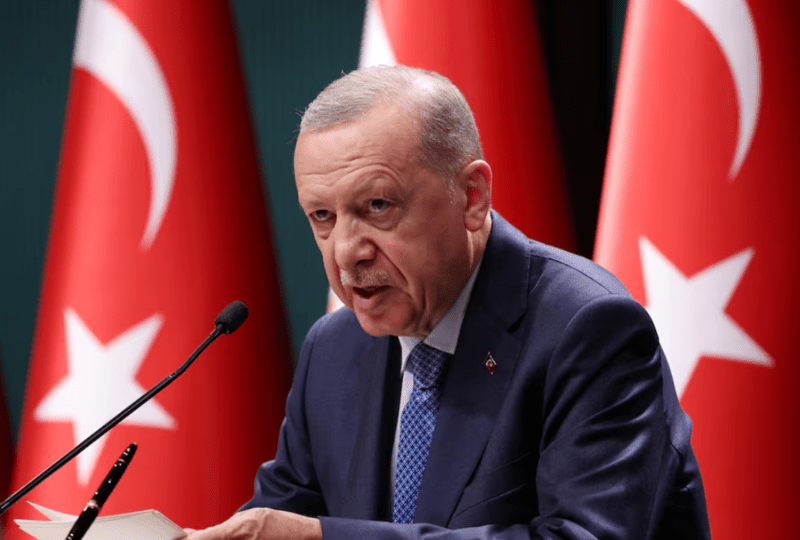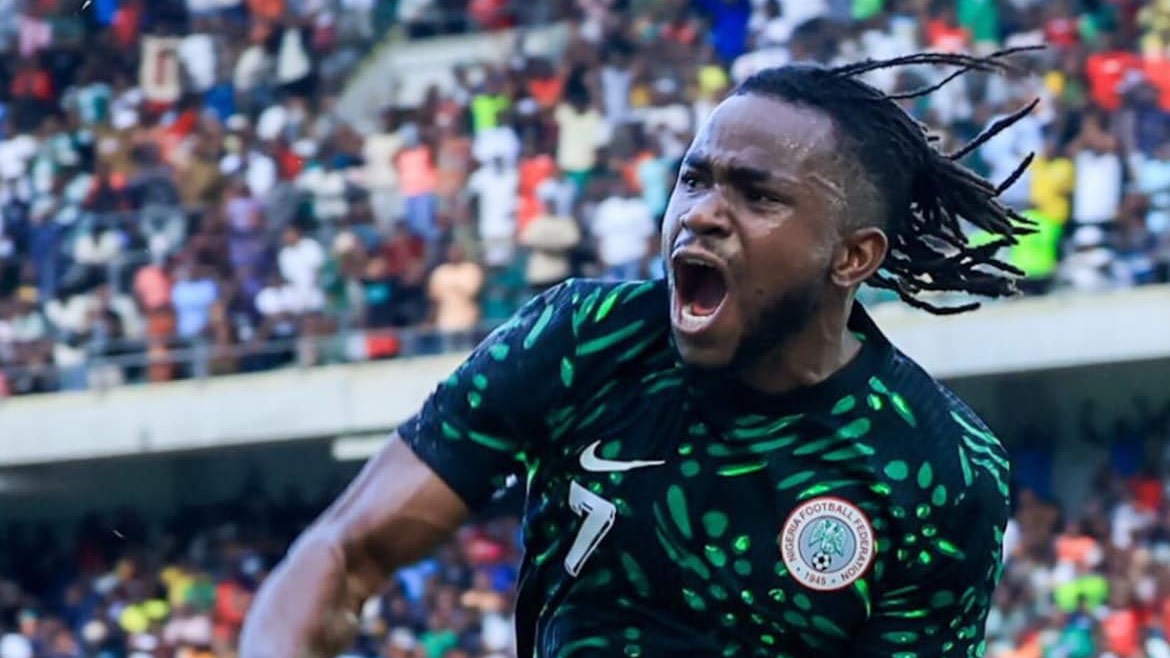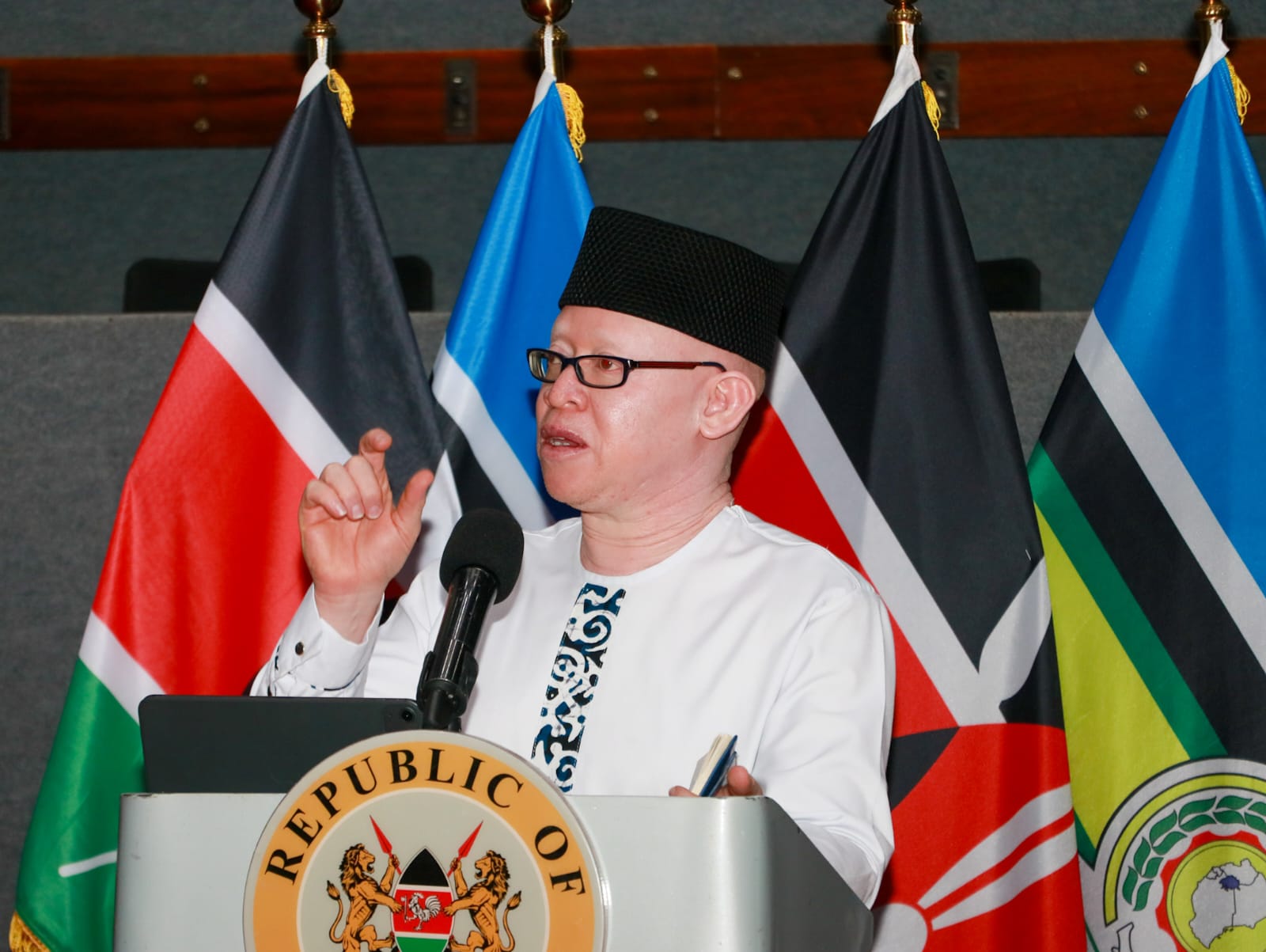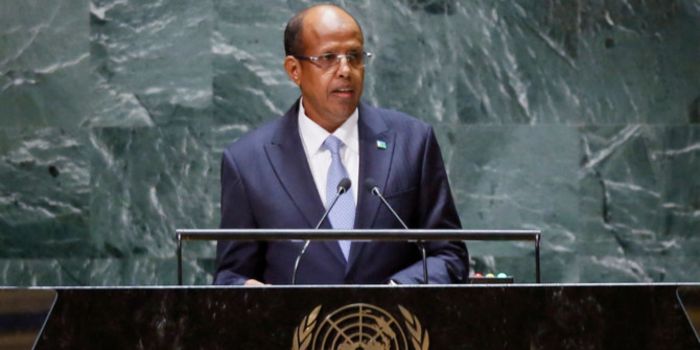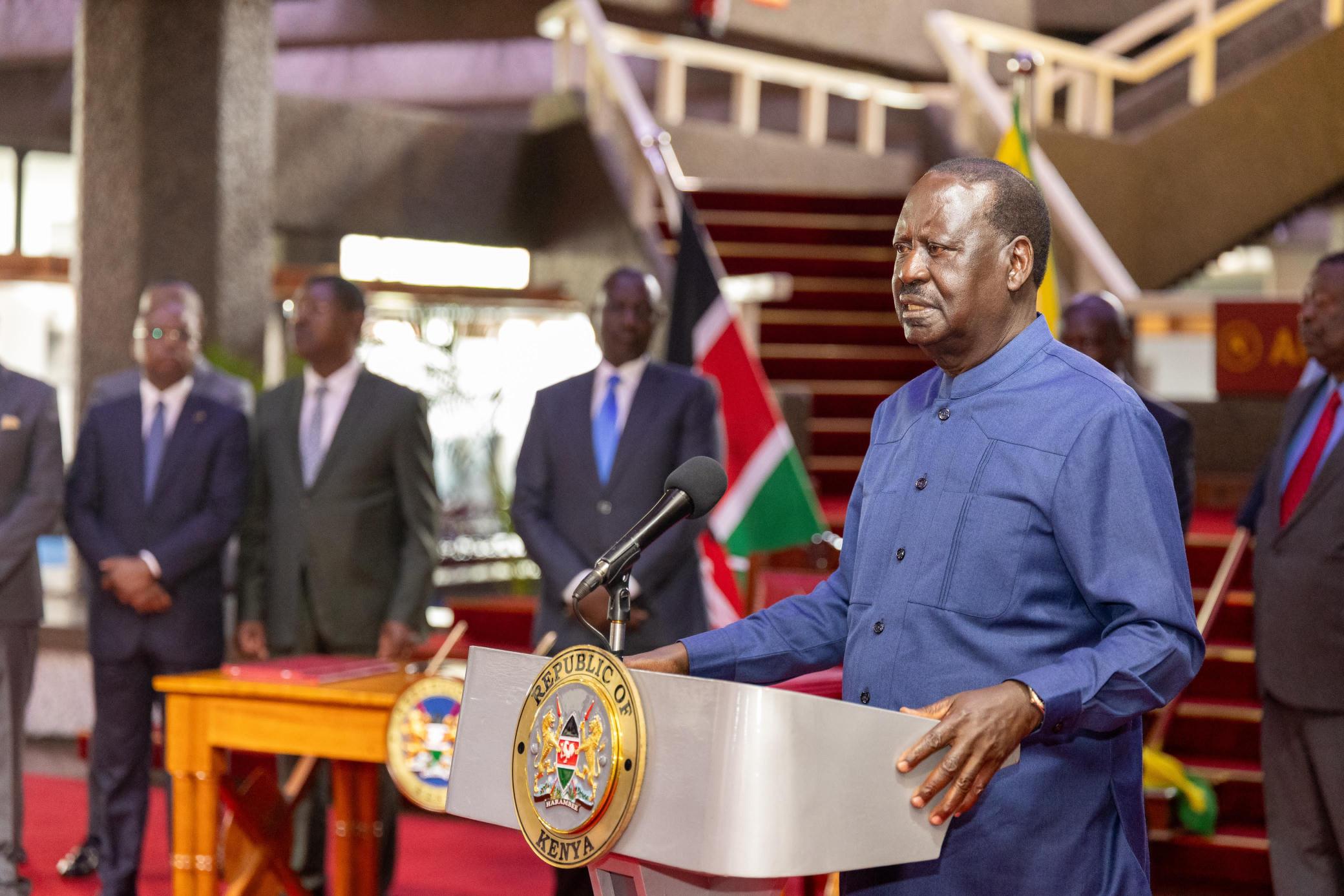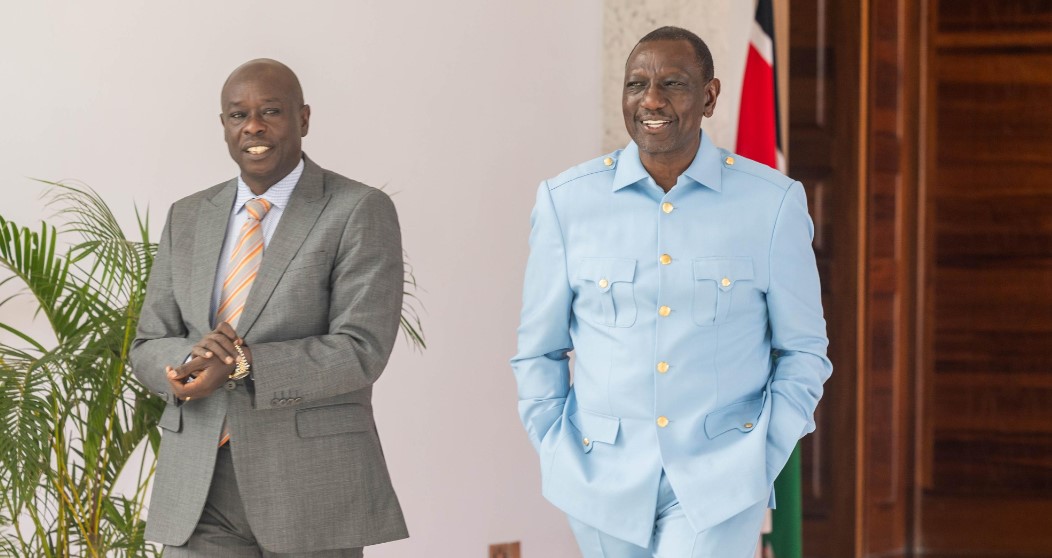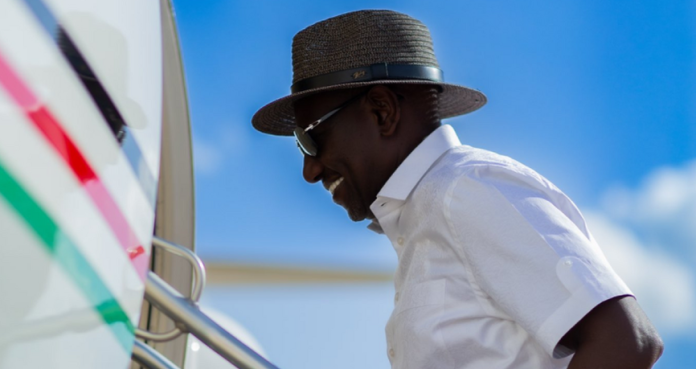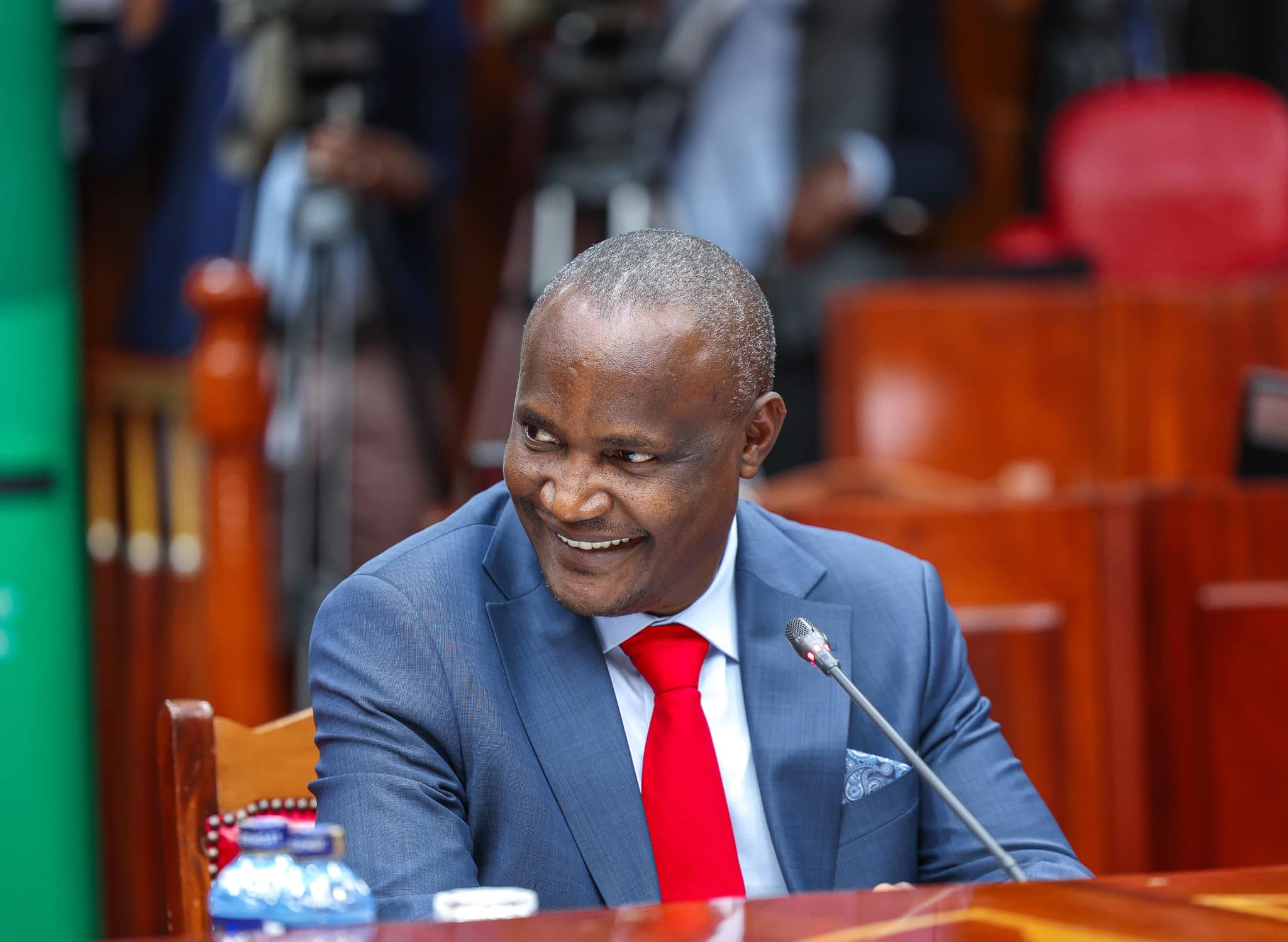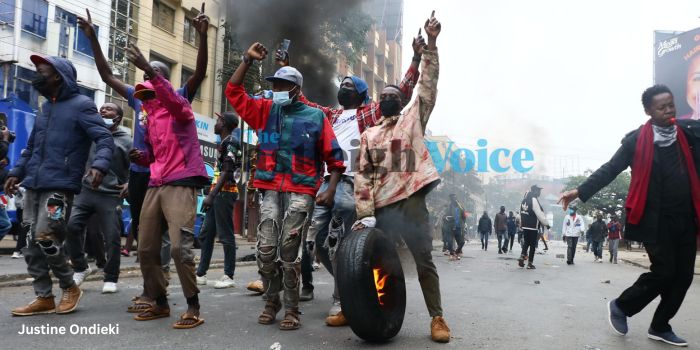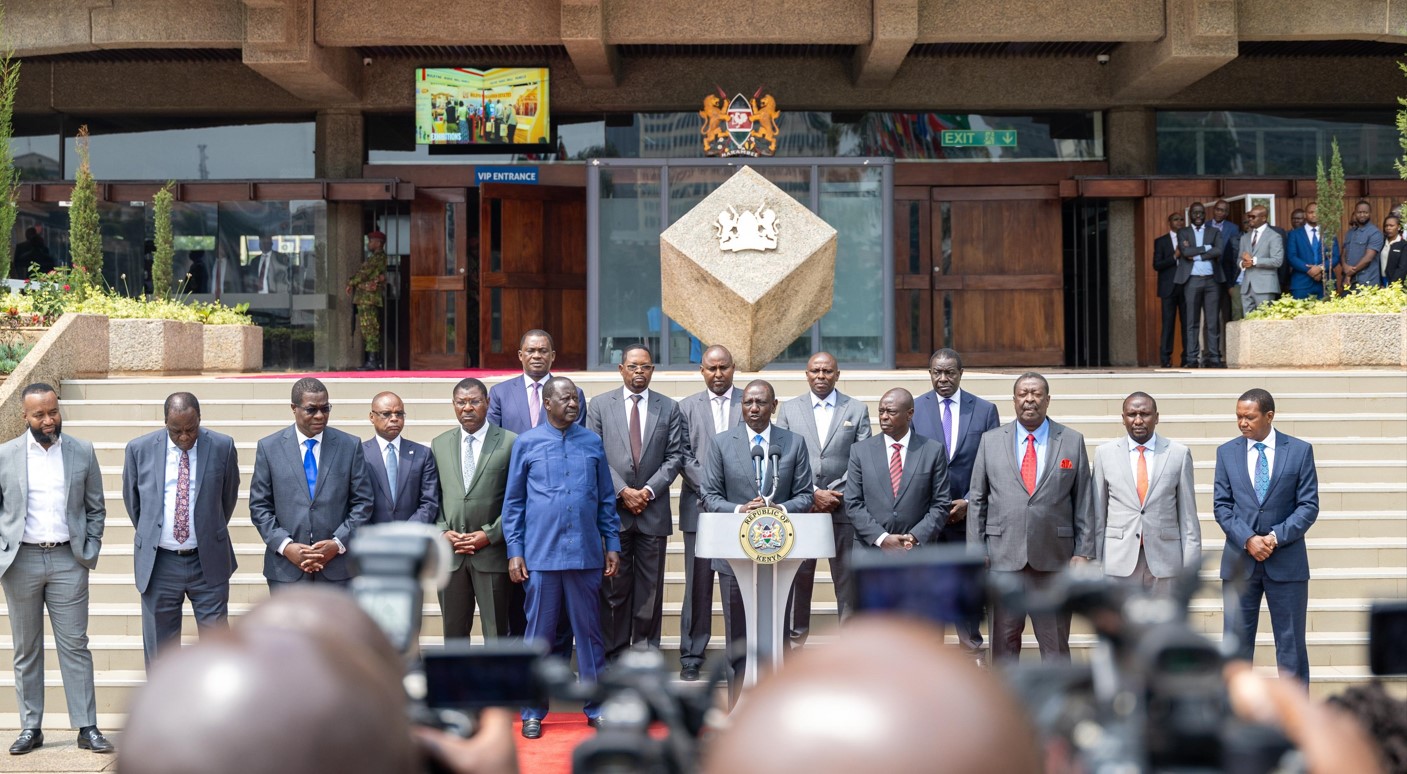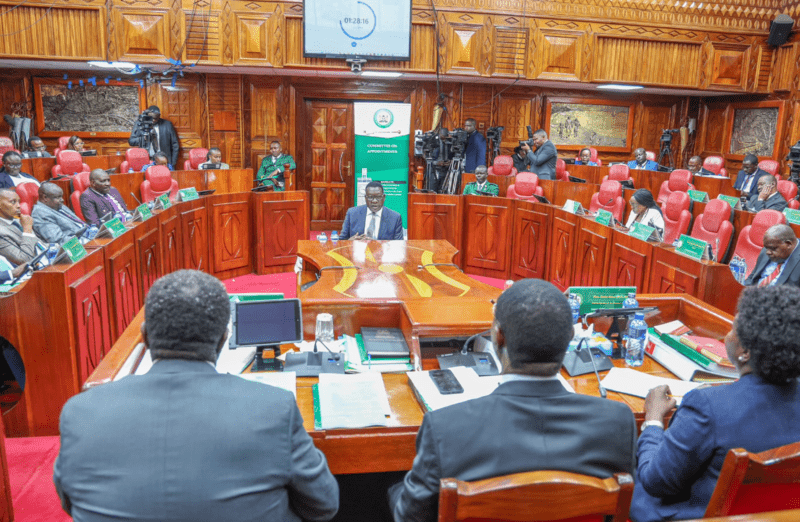Can Raila shield Ruto from wrath of Kenyan public?
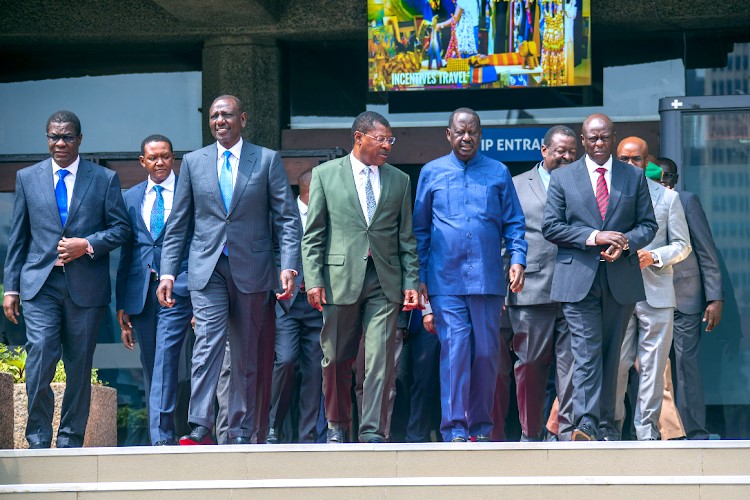
By Silas Nyanchwani |
By any measure, the new Cabinet is uninspiring, and Gen Zs are the least flattered, insisting that their demands have not been met.
On Tuesday, July 24, 2024, President William Ruto nominated 10 additional Cabinet secretaries on top of the 11 appointed the previous week as he seeks to form a new Cabinet after he dismissed the previous one when he caved in from pressure by the Gen Z protests which were triggered by an attempt to increase taxes.
Unsurprisingly, he retained 11 members of his previous Cabinet. He then brought in four from the opposition Orange Democratic Movement (ODM), which is led by Raila Odinga, his main challenger in the 2022 elections.
Keep reading
Ruto picked two former ODM governors, a nominated MP, and a sitting MP.
By any measure, the new Cabinet is uninspiring, and Gen Zs are the least flattered and have now called for more demonstrations, the immediate major one slated for August 8, 2024.
Many Kenyans waited with bated breath for the appointment of the Cabinet, hoping it would be a face of competence rather than the old, trite, elite convergence typically based on tribal and regional balancing.
By agreeing not to sign the Finance Bill 2024 into law and sacking his entire Cabinet, Ruto hoped he would bring the Gen Zs to the table for a conversation. In a rare moment of concession, he even hosted an X Space to listen to what the youth had to say.
Not signing the Bill and sacking the Cabinet were good gestures expected to assuage the agitated youth and quell the protests. Other less creative tactics like tactless violence and wanton looting, believed to have been sanctioned by state agents, have somehow muddled the core mission of the Gen Z demands.
But has Ruto effectively handled the crisis?
The crisis can easily sink him. The activities of the last month have tested his mettle as president and politician.
In May, he made a highly publicised state visit to the US where no expense was spared to appease him. He brought home some goodies, and Kenya was made a major non-NATO ally. In June, the country erupted. The anti-tax protests blindsided the government if its reaction, especially the deployment of the military to the streets, was anything to go by.
Where does he stand now?
President Ruto is reading a different script from the one the Gen Zs presented to him. The protests provided an opportunity to address the economic problems that have condemned millions of young people to unemployment and the attendant misery and penury. Their older counterparts have been staring at stalled mobility, and their parents are dying with unfulfilled dreams.
As the president's economic advisor David Ndii wrote on X, this was a moment to address the monster of corruption, which, if adequately addressed, could unlock the country's economic potential.
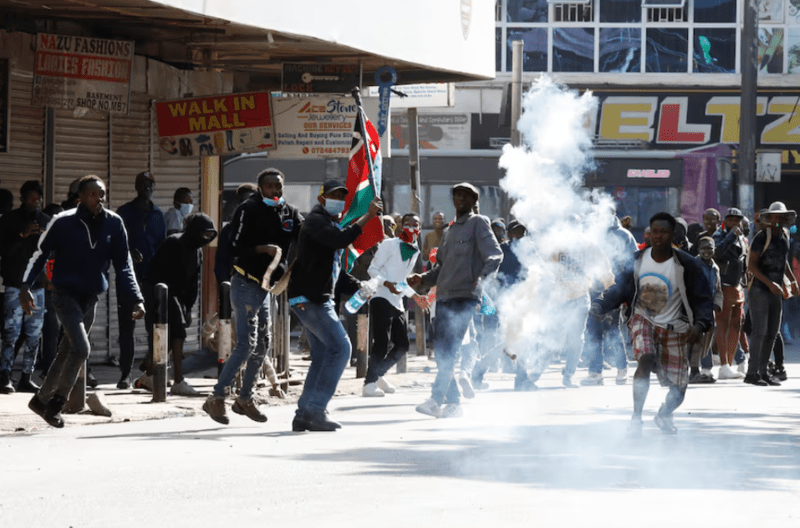 Demonstrators react as police use tear gas to disperse protesters during a demonstration against Kenya's proposed finance bill 2024/2025 in Nairobi, Kenya, June 25, 2024. (Photo: Reuters)
Demonstrators react as police use tear gas to disperse protesters during a demonstration against Kenya's proposed finance bill 2024/2025 in Nairobi, Kenya, June 25, 2024. (Photo: Reuters)
Gen Zs have been holding discussions around hiring competent people to conduct government affairs, an audit of the national debt, and an audit of the national assets, including minerals, justice, and respect for human rights. Their focus is more economic than political.
However, to the president, the crisis presented an opportunity to consolidate his 2027 re-electoral bid by amalgamating the Western Kenya and Nyanza voting blocs.
When faced with a legitimacy crisis, all of Kenya’s past presidents, apart from Jomo Kenyatta, have reached out to Raila Odinga to cobble a coalition over the last three decades. However, presidents Moi, Kibaki, and Uhuru roped Odinga in their final terms while Ruto has had to use his henchmen barely two years into his first term in office.
By appointing senior ODM officials into key Cabinet positions, Ruto has deployed a tired and unsurprisingly workable formula that three of his predecessors have used with guaranteed success.
But can the formula work one last time to save Ruto’s shaky first term?
Bringing Odinga and his men (there are no women) into the Cabinet addresses a problem that Gen Zs never raised.
If anything, a young woman categorically advised Odinga to sit at home, having paid his dues, and watch as the youth liberate the country and finish his battles, something he seemed to acknowledge.
The young people have been opposed to politicians trying to ride on their wave. They are convinced the politicians are responsible for the mess the country finds itself in. Their anger has been unsparing, even to opposition politicians who ideally would be allies. They want all the political class out by whatever means.
Gen Zs want immediate and expeditious change, without having to wait until 2027. However, they have said they don’t want to have a specific leader, and politicians are exploiting this stance to make moves that benefit them or their careers while missing the youth’s whole point.
As American theologian James Freeman Clarke said: "A politician thinks of the next election; a statesman thinks of the next generation.”
In Kenya currently, it is the Gen Z who, despite their age, are thinking about the country's future. They have rejected the seedy tribalism that has defined our politics; they despise the elite convergence of a tribal kingpin that has often stalled the necessary reforms that can push the country forward, and they want better from the government for the sake of future generations.
On the other end, the president seems keen to consolidate the whole Western region as a bloc for 2027. If his arithmetic works, he has Nyanza, Western, and Rift Valley in his pocket. Mt Kenya remains a mixed bag for him, with split loyalties and no visible kingpin now or in the foreseeable future.
Ruto’s charm offensive on the Coast in nominating Hassan Joho and Salim Mvurya to the Cabinet, as well as the unflinching loyalty of Adan Duale, means he has a substantial chunk from north eastern.
While Odinga stated that ODM is not in a coalition with the ruling Kenya Kwanza administration, it is undoubted that Ruto has his blessings and is hoped to insure the president in case Mt Kenya decides to abandon him in the 2027 elections. It is a gamble that may or may not pay off.
Activist Ann Njogu observed that the possibility of Odinga teaming up with Ruto in the first two years of his administration was always real.
“Even the ODM Cabinet nominees are not a surprise. However, we did not foresee that a new generation would rise and demand their voices be heard. This is because revolutions are born, rarely planned,” Njogu wrote on Facebook.
The Gen Z protests are a culmination of previous demonstrations mainly led by Odinga which were always either thwarted by the government or ended after the ODM leader conveniently joined the government.
In January 2018, Odinga’s supporters swore him in as “the people’s president” in a mock ceremony that signified a longing for a break in the way the country’s political affairs have been managed. It culminated in the handshake in March of the same year which, combined with the disruptions caused by the Covid-19 pandemic, saved President Uhuru Kenyatta’s administration from an implosion.
But it was clear that whoever would take over from Kenyatta would not escape the pressure of demand for real change in running the country.
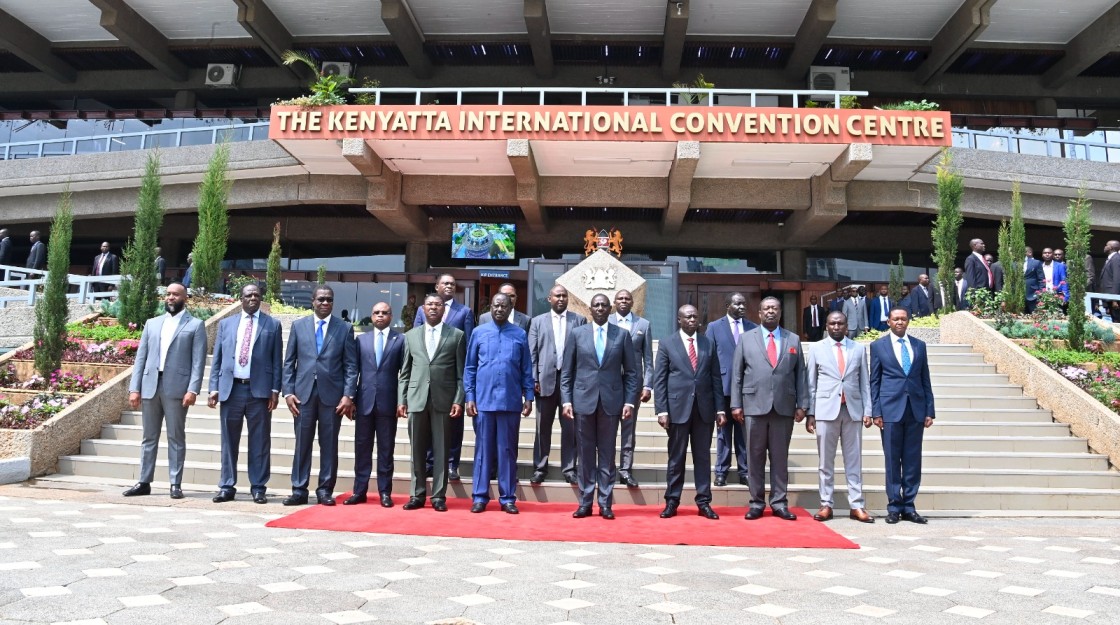 President William Ruto and former Prime Minister Raila Odinga address the media at KICC, Nairobi on Tuesday, July 9, 2024. (Photo: PCS)
President William Ruto and former Prime Minister Raila Odinga address the media at KICC, Nairobi on Tuesday, July 9, 2024. (Photo: PCS)
Over 800,000 young people have graduated from colleges and universities in the last decade, and only less than half of them have been absorbed in the job market. Even those employed are either on short-term gigs, underemployed or underpaid.
In the last 10 years, the economy has shrunk significantly. Bad tax policies, high costs of power, cheap imports, and other factors beyond the government's control have tremendously affected the future of young people.
"Gen Z has seen the stalled mobility of their older siblings, their stranded parents in towns or villages, and a very bleak future awaits them, and thus, they have to take it upon themselves,” said economist Darius Okolla.
Other observers have noted that the events of the last two months herald the immediate closure of the Kenyan colonial state.
The management of Kenya’s political and economic affairs is outdated and no longer sustainable, and Ruto’s rapprochement with Odinga may not solve the dilemma the country finds itself in.
What should we expect in the coming days and months?
The first possibility is that the protests will die out naturally in the wake of sanctioned or overlooked violence; people might decide that the loss of lives is not worth it. But this is unlikely as young people are more emboldened, and the deaths of their comrades have sparked more anger.
The second possibility is that the protests will gain a new lease of life as President Ruto fails to take advantage of the opportunity granted to him to address real issues.
With massive protests, Gen Zs hopes that the president and his government will resign. While this is the most favoured approach by the protesters, there is no coherent agreement on what should happen next and who should be in charge.
The third possibility is that the political gamble works and Ruto stabilises the economy and things look up ahead of the 2027 elections which he may win or lose.
According to city lawyer Peter Wanyama, the hope for Ruto’s resignation is moot, and removing the president through a people-driven referendum will not succeed.
Reader comments
Follow Us and Stay Connected!
We'd love for you to join our community and stay updated with our latest stories and updates. Follow us on our social media channels and be part of the conversation!
Let's stay connected and keep the dialogue going!

